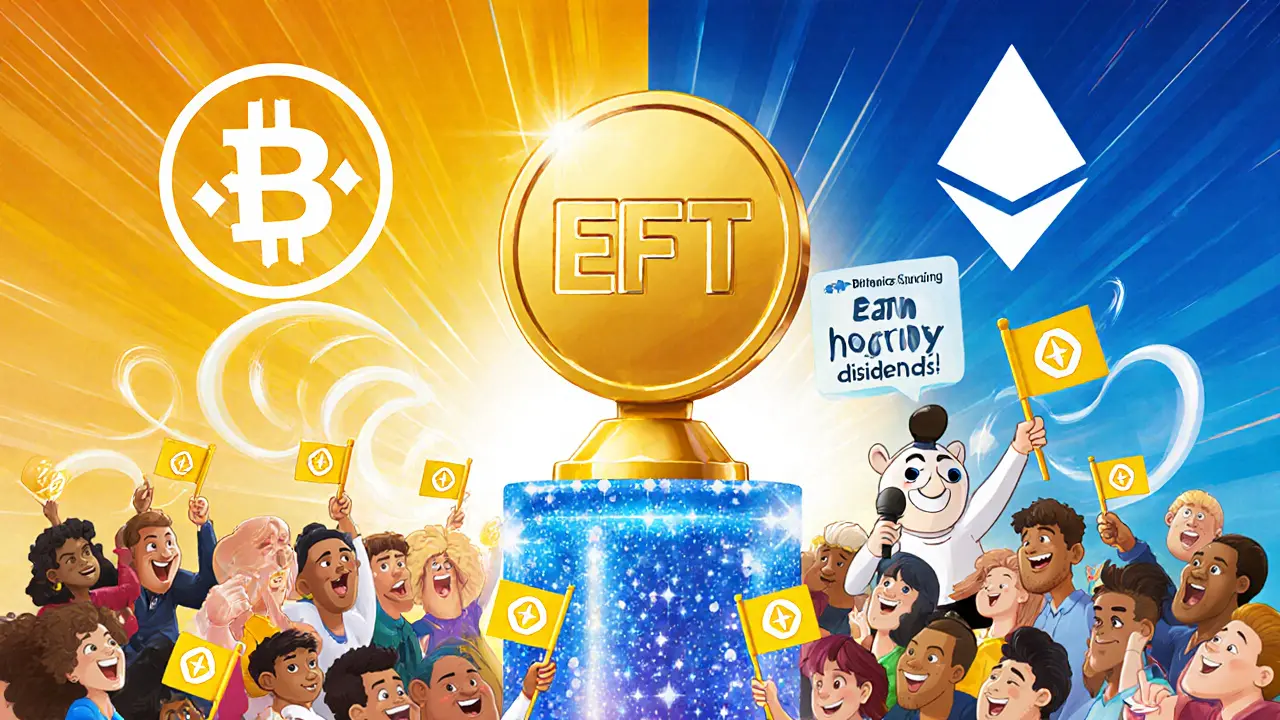Crypto Dividend Token: A Practical Overview
When you hear crypto dividend token, a digital asset that distributes a portion of its earnings or transaction fees to holders on a regular basis, you’re looking at a new twist on traditional dividends. These tokens turn passive holding into a cash‑flow stream, similar to stock dividends but on the blockchain. They usually program automatic payouts, so you don’t need to file forms or wait for quarterly reports. Because the rules are written into smart contracts, payouts happen transparently and instantly across borders.
Key concepts behind crypto dividend tokens
One popular subclass is the revenue sharing token, a token that allocates a slice of platform fees or profits to its community. Projects like decentralized exchanges or NFT marketplaces often use this model to reward early adopters. The token’s on‑chain accounting shows exactly how much revenue each holder earns, turning usage metrics into real income. When the platform grows, the dividend stream typically scales, giving holders a direct stake in the ecosystem’s success.
Another engine behind many crypto dividend tokens is staking rewards, the periodic tokens earned for locking up assets in a proof‑of‑stake or similar protocol. While staking itself secures the network, some projects layer a dividend layer on top, splitting part of the validator fees among token holders. This hybrid approach lets users earn both network security incentives and profit‑sharing payouts, blurring the line between pure staking and dividend distribution.
Regulators often view dividend‑paying crypto assets as security token offerings, issuances that fall under securities law because they promise profits from the efforts of others. That classification brings compliance requirements such as KYC, AML, and reporting standards. Understanding whether a token is treated as a security helps investors gauge legal risk and choose platforms that meet their jurisdiction’s rules.
Most crypto dividend tokens live on DeFi yield platforms, protocols that automate asset lending, borrowing, or liquidity provision to generate earnings. These platforms supply the cash flow that powers dividend payouts, whether from trading fees, interest on loans, or liquidity mining rewards. By integrating with well‑audited DeFi contracts, dividend tokens can offer higher yields than traditional finance, but they also inherit smart‑contract risk.
Below you’ll find a curated list of articles that break down each of these concepts, compare real‑world token examples, and show how to assess risk versus reward. Whether you’re a beginner wanting to understand the basics or an experienced trader hunting the next high‑yield asset, the posts ahead give practical guidance and up‑to‑date analysis.
ETH Fan Token Ecosystem (EFT) Explained: Risks, Rewards & How It Works
A clear, up‑to‑date look at ETH Fan Token Ecosystem (EFT): how it works, market data, risks and why most experts advise staying away.
